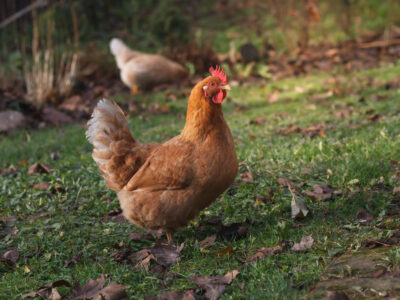
Birds migrate when temperatures rise, and when they do this, they do it in units. This has fascinated researchers from all over the world.
Birds have the uncanny ability to sense each other as they travel in bulk. Where are they headed and why do they have this innate compass to guide them?
The ongoing and much discussed mystery of how birds migrate long distances over land and sea may soon be answered. Researchers have looked into possible prospects is close to getting unveiled.
Scientists have studied robins and they have stumbled upon different clues to how birds migrate by sensing the earth’s magnetic field. Humans, on the other hand, might need a compass to know where north is. Birds, on the other hand, have been suspected to have an in-built “living compass” to help them find their true north, so to speak.
A chemical in the bird’s eye seems to be sensitive to magnetism. This might be the proof that they need to confirm the theory. This had been stated in a new study. Peter Hore is a professor of chemistry at the University of Oxford. He had been studying the migratory habits of birds and said that it could be that birds can “see” the Earth’s magnetic field. While they haven’t reached to full conclusion just yet, this possibility has opened doors to new studies.
Hore has spoken to BBC news about this and said, “We think we may have identified the molecule that allows small migratory songbirds to detect the direction of the Earth’s magnetic field, which they undoubtedly can do, and use that information to help them navigate when they migrate thousands of kilometers.”
Scientists and researchers have been investigating how animals such as birds, sea turtles, fish and insects are able to sense the earth’s magnetic field and use it to find their direction. They have looked into this phenomenon for years now, and it is only recently that this possibility could be the answer they were looking for.

The European robin is the dedicated bird that has been part of the studies. They seem to have the in-built “living compass” that birds use to orient themselves. It seems as if they make use of the earth’s magnetic field as they migrate from one area to the next. A chemical contender to help them further into the study is a molecule in the retina of the eye known as a cryptochrome.
The Oxford team studied a purified form of the molecule in the laboratory. They did this to see whether the molecule was truly fit for its purpose as a magnetic sensor. They stumbled upon some interesting facts. The cryptochrome has the ability to form pairs of “radicals” and as a result, have high magnetic sensitivity. The said radical, on the other hand, is either an atom or molecule that is extremely chemically reactive.
Prof. Hore said the mechanism they have been looking into involves magnetically-sensitive chemical reactions that are initiated by the light that enters the bird’s retinas. He further talked about the link between the chemical in the eye and the bird’s inert and natural sense of direction and explained, “It looks possible – and I would put it no stronger than that at the moment – that these highly-specialized chemical reactions could give the bird information about the direction of the Earth’s magnetic field and in that way constitute a magnetic compass.”

The scientists hypothesize that light striking the retina causes the electrons inside it to move within the cryptochrome molecule. When this happens, it triggers the production of a pair of short-lived high energy radicals. These radicals act like microscopic magnets.
The scientists have recognized the limitation of their studies and caution about fully buying into the findings immediately. They say that there is so much more work to do before they can be sure of the specific mechanism and molecule. However, they are hopeful of the fact that the molecule is more magnetically-sensitive in robins than in other birds such as chickens. And that’s because the latter doesn’t need to migrate.
The robin is a commonly found in a variety of UK gardens. They spend most of the winter season in Britain. However, there are certain robins that do migrate, and when they do, they fly more than a hundred miles for just a night in order to migrate to warmer climes from Europe, Scandinavia and Russia.
As of today, the research is published in the journal, Nature.
What are your thoughts? Please comment below and share this news!
True Activist / Report a typo


